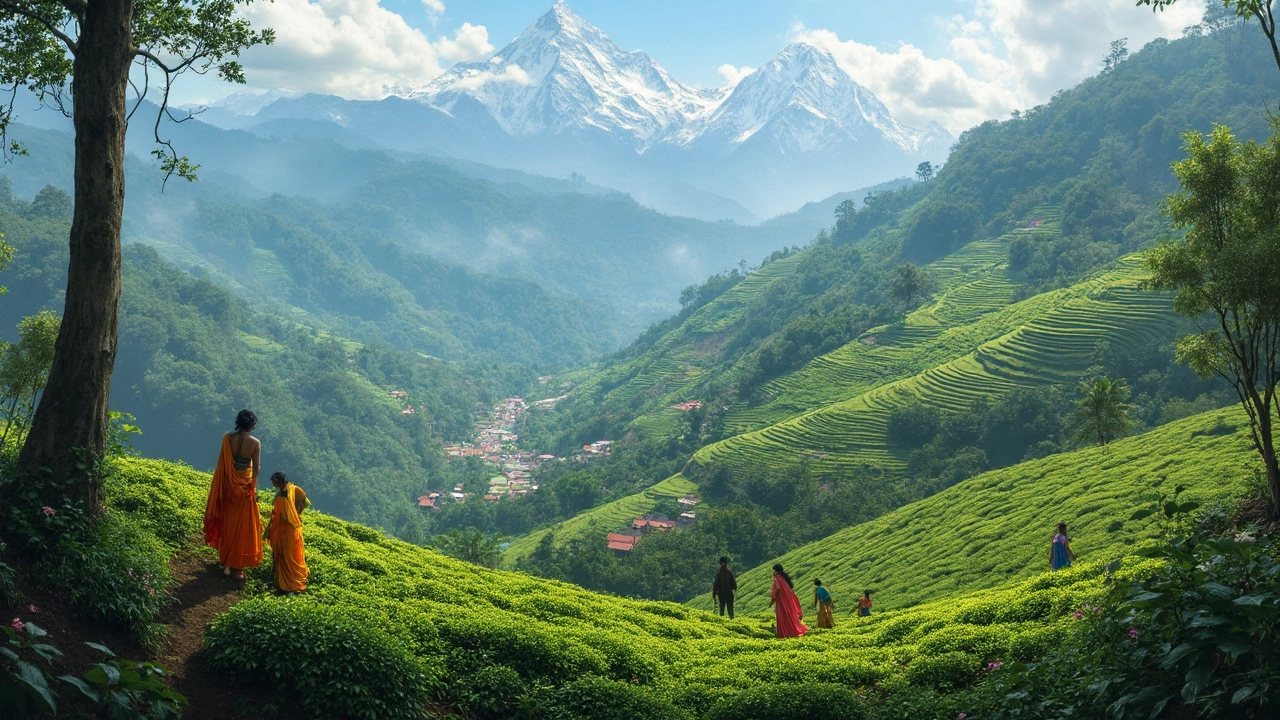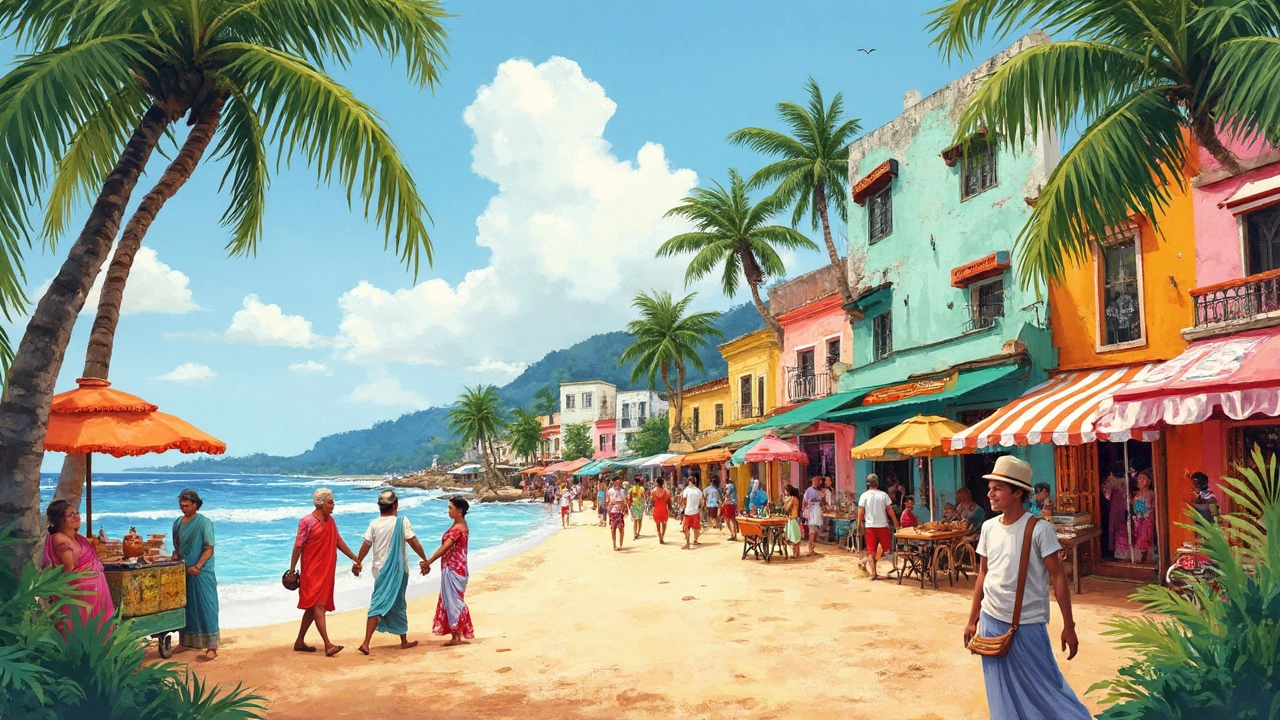Travel Comparison: Make Smarter Decisions for Your India Trip
When you’re planning a trip to India, travel comparison, the process of evaluating different destinations, experiences, or options to choose the best fit for your needs. Also known as trip planning analysis, it’s not about picking the most popular spot—it’s about matching what you want with what actually works for you. Are you looking for safety, culture, food, or adventure? The right choice depends on what you’re after. A lot of travelers jump straight to booking tickets without comparing options, and end up stressed, sick, or disappointed. That’s why India travel safety, the level of personal security and health preparedness a traveler can expect across different regions of India matters more than you think. Mumbai is generally safer for solo travelers and families than Delhi, where you need to be more alert. It’s not that one is dangerous and the other isn’t—it’s about understanding the risks and how to manage them.
Then there’s the big divide: North India vs South India, the cultural, linguistic, culinary, and climatic differences between the two major regions of India that shape travel experiences. North India gives you the Taj Mahal, spicy curries, and bustling bazaars. South India offers quieter temples, coconut-based dishes, and coastal vibes. If you’re into trekking, the Himalayas in the north offer long, challenging trails like the Great Himalayan Trail, while the Western Ghats in the south have lush, humid paths that feel more like walking through a green dream. And if you care about food, knowing which street vendors are safe in Hyderabad versus those in Jaipur can save you from weeks of stomach trouble. This isn’t guesswork—it’s practical knowledge you can use before you even pack your bag.
And let’s not forget best cities for foreigners in India, urban centers in India that offer the most welcoming, accessible, and secure environments for international visitors. Nagpur, often overlooked, is the geographical center of India and a smart base for adventure seekers. Cities like Pune and Kochi are more foreign-friendly than you’d expect, with better public transport, clearer signage, and locals who are used to tourists. Meanwhile, places like Goa have Uber, but only in certain zones—so knowing that ahead of time saves you from waiting for hours in the heat. The posts below give you real comparisons: which beaches are worth it, which treks need a guide, what vaccines you actually need, and whether that luxury train ride is worth $12,500. No fluff. No hype. Just facts you can use to make your next trip smoother, safer, and way more fun.

